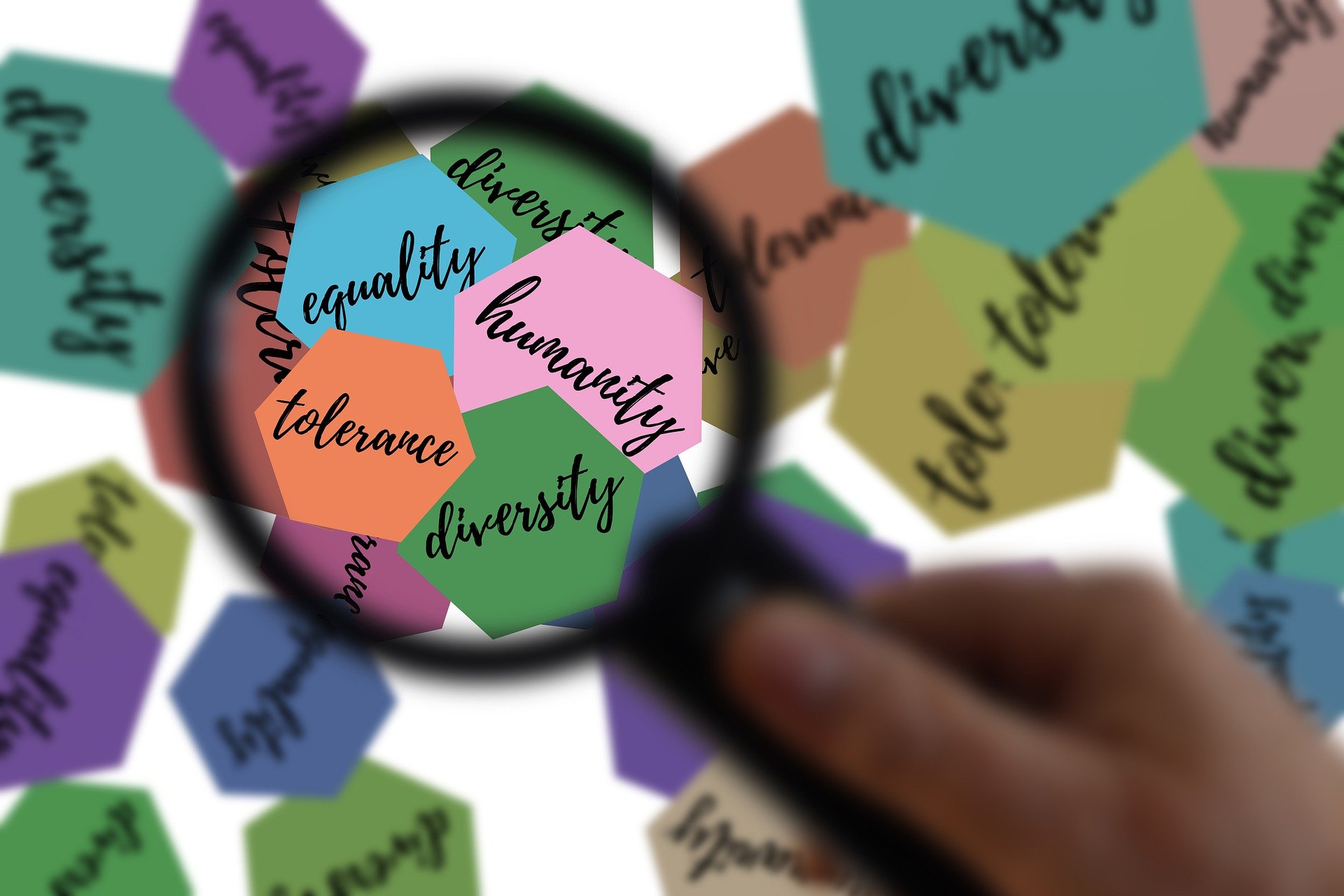Regardless of their background, all employees deserve the right to a fair and supportive working environment where they can safely develop their skills and talents. True diversity and inclusion in the workplace cannot exist without protection from discrimination or harassment.

Employers must have an anti-discrimination policy in place to protect employees from discrimination and harassment. To be lawful, that policy must adhere to The Equality Act 2010.
The Equality Act 2010 makes it unlawful to discriminate against employees because of nine factors identified as protected characteristics. To ensure adherence to the law, employers must have a good grasp on precisely what these characteristics are. The Act also protects people in wider social settings such as on public transport. To avoid the risk of being directly or indirectly discriminatory against colleagues or clients, employees must also be aware of the protected characteristics.
The nine key protected characteristics to promote diversity and protect against discrimination in the workplace are:
The Equality Act 2010 offers a degree of protection to everyone because we all have some of the protected characteristics – for example, age or sex.
The Act does not purely apply to protection from an employer. There are many areas of society where the act protects people from discrimination, these are:
Discrimination because of one or more of any of the nine protected characteristics in any of the above settings is unlawful. If you have experienced unlawful discrimination, you can take action under the Act, such as making a discrimination claim in the civil courts.
One of the things you can do to empower yourself with the knowledge to recognise instances of discrimination against yourself, a loved one, or a colleague is to know about the four main types of discrimination. The four main ways people may experience discrimination are:
In the workplace, employees should not be treated unfairly when taking action under The Equality Act. For example, if an employee were to make a complaint of sexual harassment and was then dismissed as a consequence, it would be unlawful.
This means people cannot treat you in a degrading, offensive, humiliating or hostile way. For example, making derogatory comments about someone based on one of the protected characteristics such as age or disability.
This means treating one person poorly or differently than another person because of a protected characteristic. For example, if an opportunity for promotion came up at work and an employer chose to give it to a younger employee over an older employee on the assumption that the younger employee would be faster at grasping new concepts and technology.
This can occur when a business or organisation or encourages a situation that will harm someone with a protected characteristic. This could occur through new policies, rules, building designs, hiring rules, and even website accessibility. For example, if an employer were to decide to move into a new office but did not consider ensuring there were braille on signs, elevator buttons, etc. this would be a case of ableism and would be discriminatory.
Find out more about your rights under The Equality Act 2010 here.